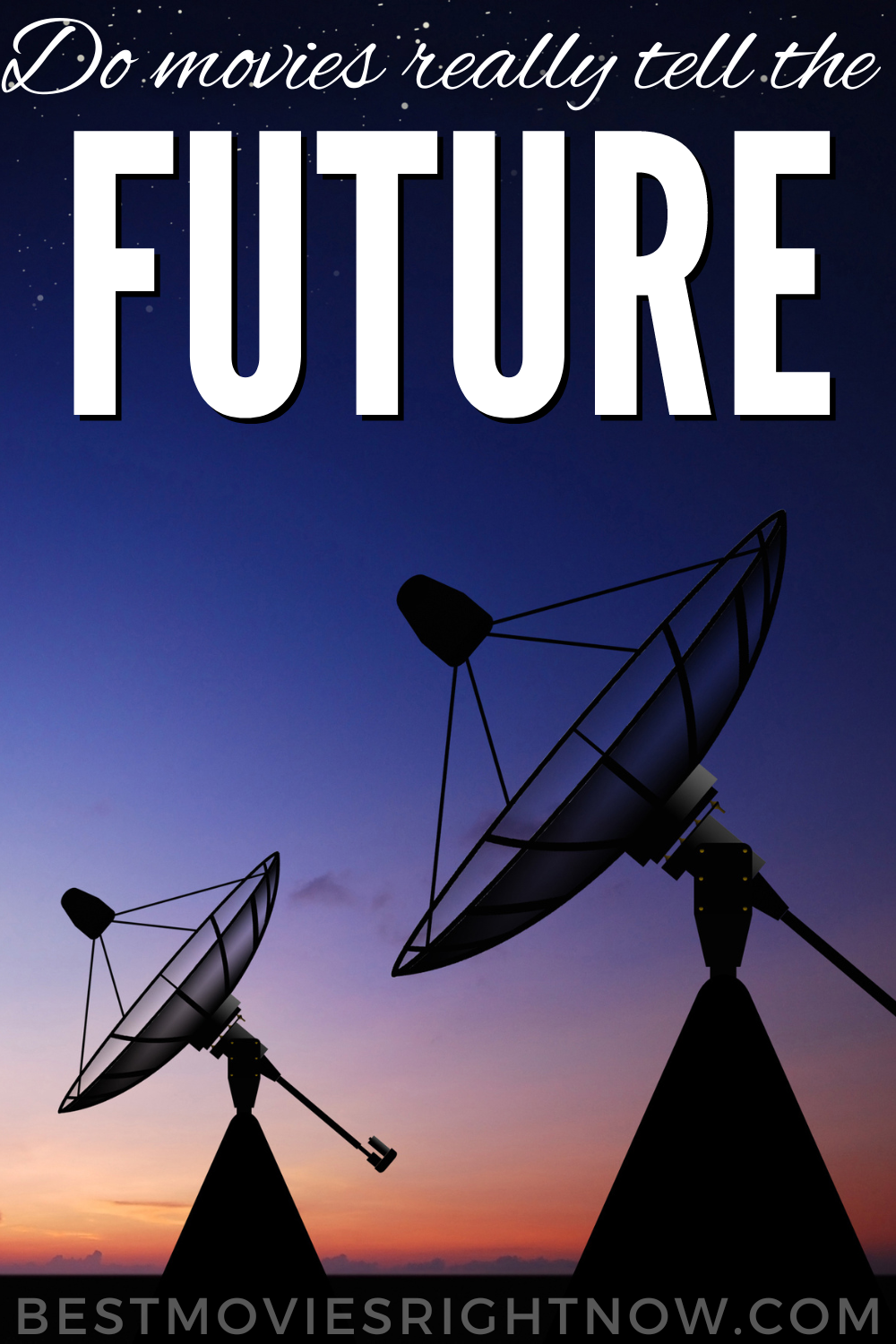From James Bond to Captain Kirk, tomorrow's gadgets keep turning up early….in the movies! Do movies really tell the future? What's going on?
In the James Bond film ‘On Her Majesty’s Secret Service, there is a car chase scene in which Bond, played by George Lazenby, flipped a switch to reveal what looked like a built-in radar screen.

Unlike any other radar screen, this one showed a road map giving his moving position.
That’s right – James Bond had Sat Nav. That was in 1969!
In ‘From Russia with Love Bond, this time played by Sean Connery, had a built-in car phone. That was in 1963! So were these Bond films really telling the future? Or was something else going on?
Hitchhikers Guide
In ‘The Hitchhikers Guide to the Galaxy T.V. series of 1981, the character Ford Prefect carried around with him a strange-looking object that served as the futuristic hitchhiker’s guide.
Futuristic is the right word because if you saw it today you would simply think it was some early type of iPad / kindle device, preloaded with Wikipedia!
Quantum Leap (of the Imagination!)
There was another T.V. series called ‘Quantum leap’ which ran between 1989 and 1993. In it, actor Scott Bakula traveled through time with the aid of a small computer called iggy.
At the time it was bizarre – a totally unbelievable device invented simply to move the flagging plot along. Now, of course, it just looks like a palmtop computer with some rather nifty software!
The trailing of future technology by the film industry is a commonplace occurrence.
Any Star Trek aficionado could tell you that flip-top mobile phones, sliding doors, and much else were to be found on the Star Ship Enterprise years before they were found anywhere else.
So how is this possible? Do screenwriters go out drinking with research scientists who get drunk and say “…do you know, I’m working on a device that….”

It's Art, but not as we know it
Or do scientists, bereft of their own ideas and with no real problems to solve, see something on the telly and think, “WOW! I want to make that!” What’s the process here? Does life imitate art, or is art imitating life?
In the case of James Bond’s SatNav, the development of satellite-based positioning systems didn’t even start until some time in the 1970s.
A workable if a primitive system existed by 1984 but it wasn’t until the 1990s that anything close to Bond’s 1969 version existed.
However, it is worth bearing in mind that the author, Ian Fleming worked in British Intelligence during the war. Direction-finding devices did exist in the 1940s to direct bombers onto their targets, using radar technology.
Maybe a few ideas were kicked around and his febrile imagination took over. Yet it was still an extraordinary leap of the imagination to get from one to the other.
Perhaps poetic license takes over from theory and then does part of the scientist’s job for them. After all, without imagining what the future may look like, how can anyone set about creating it?
In a sense then, art cannot exist without at least the idea of the technology, and the final invention needs the writer to provide the vision.
That would explain how Ford Prefect’s iPad/kindle device in Hitchhikers Guide was so accurate and why Captain Kirk’s mobile was almost identical to several models later seen in the shops.
Great Minds Think Alike
All of the developments trailed in the movies have been made real within the span of a single human life. Therefore perhaps both the scientist and the writers are working with the same germ of an idea that is circulating at the same time.
They are both working on it separately, but the source is the same. Once they become aware of each other’s progress, either by going to the pictures or chatting over a beer, then the future development of both the art and the reality starts to merge.
We are used to rivaling manufacturers bringing out very similar new products within months of each other because they are all working on the same thing.
Why not writers as well? Shorn of all the practical difficulties of making something real, it just makes sense that the writers should get there first.
Fools Never Differ
Admittedly this theory wouldn’t hold; if a really useful invention turned up on paper hundreds of years before anyone had even thought about inventing it – something that would have worked, had it been made – someone would have made it.
What explanation could there ever be for that?
What, for example, would we think if it turned out that Leonardo Da Vinci or one of his contemporaries really had drawn a modern-looking bicycle? What then?
But of course, that could never happen! Could it?
If you enjoyed this list, I have a monthly membership for parents and educators that want to teach or supplement lessons with shows and movies.

“I absolutely love sharing movies with my kids as a way to teach them valuable lessons. It's like this awesome bonding experience where we all snuggle up on the couch with some popcorn, and I get to see their little faces light up with curiosity. Whether it's a classic with timeless morals or a new animated flick with hidden gems of wisdom, it's a fantastic way to impart important life lessons in a fun and engaging way. Plus, the post-movie discussions are priceless – hearing their take on the characters and the story adds a whole new dimension to our family time.” –a Homeschooling parent
With Homeschooling with Shows and Movies membership, you will get resources every month, including:
- List of This Month’s Suggested Themes
- List of Monthly Observances
- List Of Movies for Unit Study
- Unit Study Resource
- Seasonal Activities (minimum of three)
- (BONUSES) Resources for you, the teacher
These resources are worth it if you'd like to easily incorporate shows and movies into your homeschooling.
Related Posts:

- 10 Top Iraq War Movies - April 5, 2024
- 15 Interracial Love Movies on Netflix - April 4, 2024
- Spanish-American War Movies: A Blend of History and Patriotism - April 4, 2024
